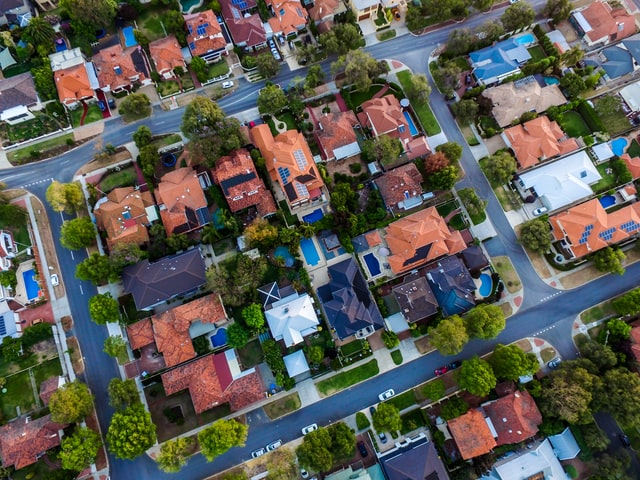
It appears the housing and unit markets are already past their peaks, with both segments reporting a muted growth in March.
According to CoreLogic’s latest report, price growth slowed down to 0.3% for units and 0.8% for houses in March, bringing their quarterly gains down to 0.9% and 2.8%, respectively.
CoreLogic research analyst Kaytlin Ezzy said while houses are still recording stronger gains compared to units, the former have also recorded a faster deceleration in the pace of quarterly growth.
“Since reaching a cyclical peak in May 2021, the pace of quarterly house growth has recorded a 4.9 percentage point fall, compared to a 3.8 percentage point fall for unit quarterly growth,” she said.
However, the report showed that softer market conditions have not impacted all markets equally.
In fact, while capital cities witnessed houses outperform units in March, the performance of the two segments was similar across regional markets, which reported a 1.7% gain.
The performance of price brackets, specifically for units, also varied: the lower and middle quartiles reported modest rises of 0.9% and 0.2%, respectively. On the other hand, units in the highest price bracket reported a decline at 0.5%.
“Historically, the upper quartile value trend has been more volatile with higher peaks and deeper troughs,” Ms Ezzy said.
Unit prices starting to fall across expensive cities
The CoreLogic report highlighted the downtrend in unit values across Sydney and Melbourne, where prices went down by as much as 0.6%.
In comparison, Brisbane and Adelaide managed to clock a 4% quarterly growth in unit values.
Despite these price movements however, the typical Sydney unit is approximately $355,000 more than the typical Brisbane unit, and more than double the price of the average Adelaide unit.
More than half of Sydney’s unit markets reported a decline during the first three months of the year, with suburbs in the Northern Beaches region posting the highest drops.
In Melbourne, close to 60% of suburbs posted falls in unit values, with the inner-city markets as the worst performer.
Ms Ezzy noted that Brisbane continues to be the standout performer among capital cities in terms of unit price growth.
“The typical Brisbane unit recorded a $63,000 rise in values over the past 12 months — just one Brisbane suburb recorded a fall in unit values over the first quarter of the year,” she said.
Meanwhile, Adelaide continues to perform strongly on a month-on-month basis. However, its quarterly growth appears to be slowing.
Overall, regional unit markets remained resilient over the quarter, with most rest-of-state areas recording stable growth: Regional Queensland (5.9%), regional WA (4.3%), regional Victoria (3.8%), and regional NSW (3.6%).
—
Photo by @maxconacher on Unsplash
